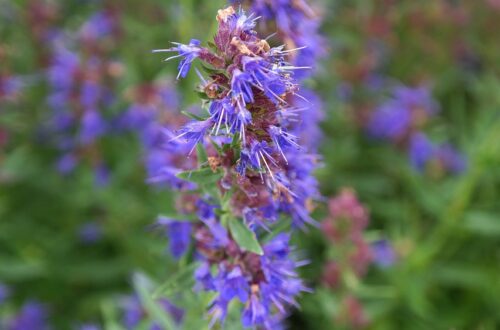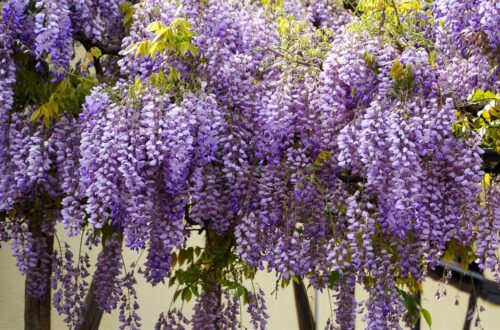30 End-of-Summer Gardening Mistakes Experts Want You to Avoid
As the summer days start to fade, are you prepared for the changes in your garden? Many gardeners unknowingly make mistakes at the end of summer that can impact their plants’ health, next season’s growth, and overall garden success. The transition from summer to fall is a crucial time for tending to your garden, ensuring it thrives not only through the coming months but also into next spring. Let’s take a look at 30 common end-of-summer gardening mistakes and how you can avoid them.
1. Neglecting Soil Preparation Before Fall
One of the most common mistakes gardeners make is neglecting soil preparation before fall. After a busy summer of growth, your garden soil is likely depleted of nutrients, compacted, or even full of weeds. Ignoring soil health at this stage can result in poor fall crops and make next spring’s planting more difficult. The end of summer is the perfect time to enrich your soil by adding organic matter such as compost, aged manure, or well-rotted leaves. Incorporating these amendments will help restore essential nutrients and improve soil structure, making it more conducive for fall planting and next year’s garden. Don’t forget to till or loosen the soil to enhance root penetration and water drainage, ensuring a healthier garden for the cooler months ahead.

2. Failing to Remove Spent Plants
As summer crops come to an end, it’s tempting to leave spent plants in the garden. However, failing to remove them can invite pests and diseases into your garden. Old, decaying plants provide a perfect breeding ground for harmful insects and fungal diseases that can overwinter in the soil. Clear out your spent plants promptly to prevent future infestations and diseases. Compost healthy plant material, but discard diseased plants to avoid contaminating your compost pile. This simple task helps maintain a clean, healthy garden bed, setting the stage for robust fall growth and a clean slate for spring.
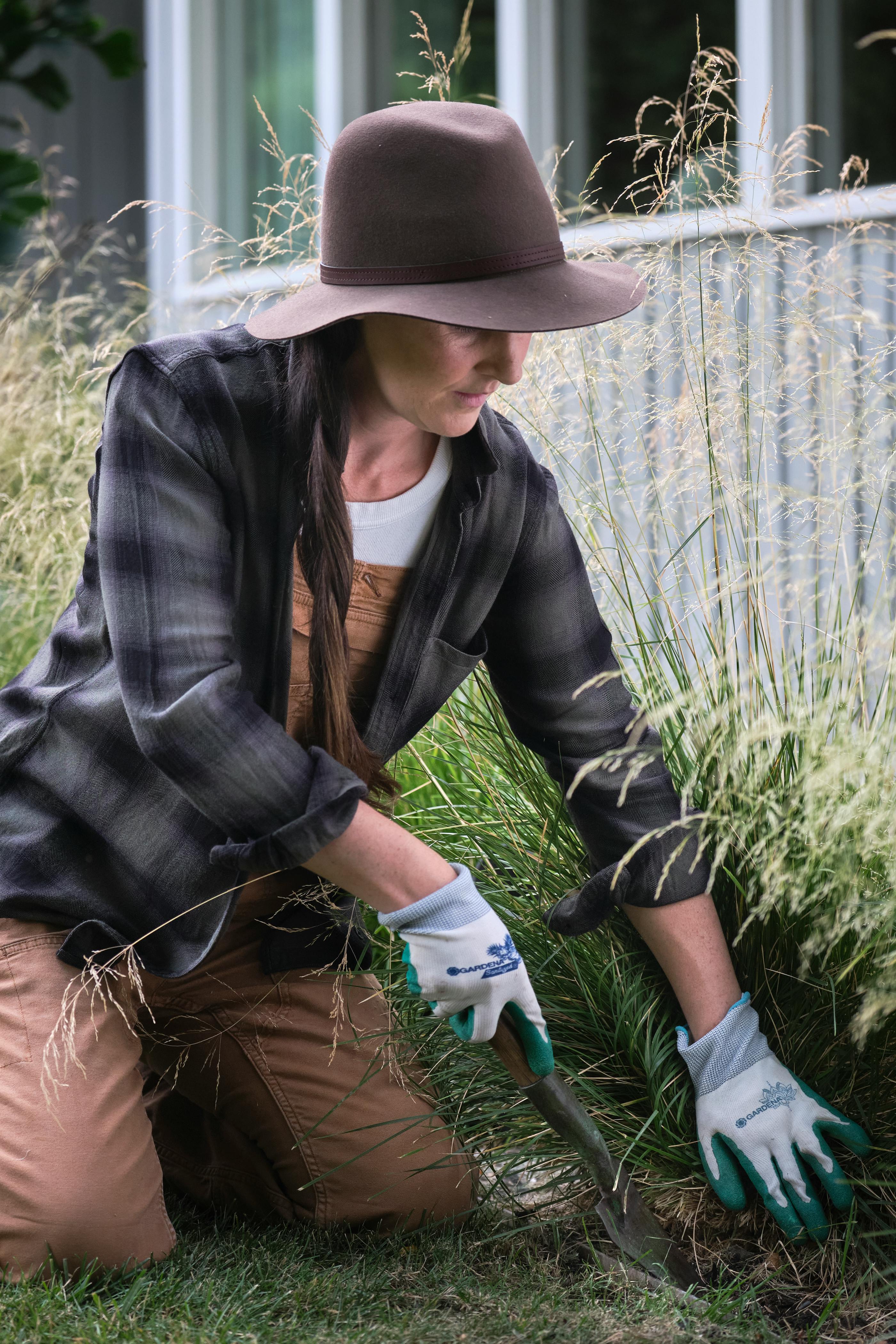
3. Overlooking Weeding in Late Summer
Late summer weeds can seem like a minor nuisance, but if left unchecked, they can quickly spread and steal valuable nutrients from your plants. By allowing weeds to flourish, you’re creating unnecessary competition for water, nutrients, and sunlight. Weeding regularly in late summer is crucial to keeping your garden beds healthy and tidy. Additionally, weeds that go to seed will create more problems next year, making your spring and summer gardening efforts even more challenging. Stay on top of weeding, especially in the weeks leading up to fall, to keep your garden free of unwanted invaders.
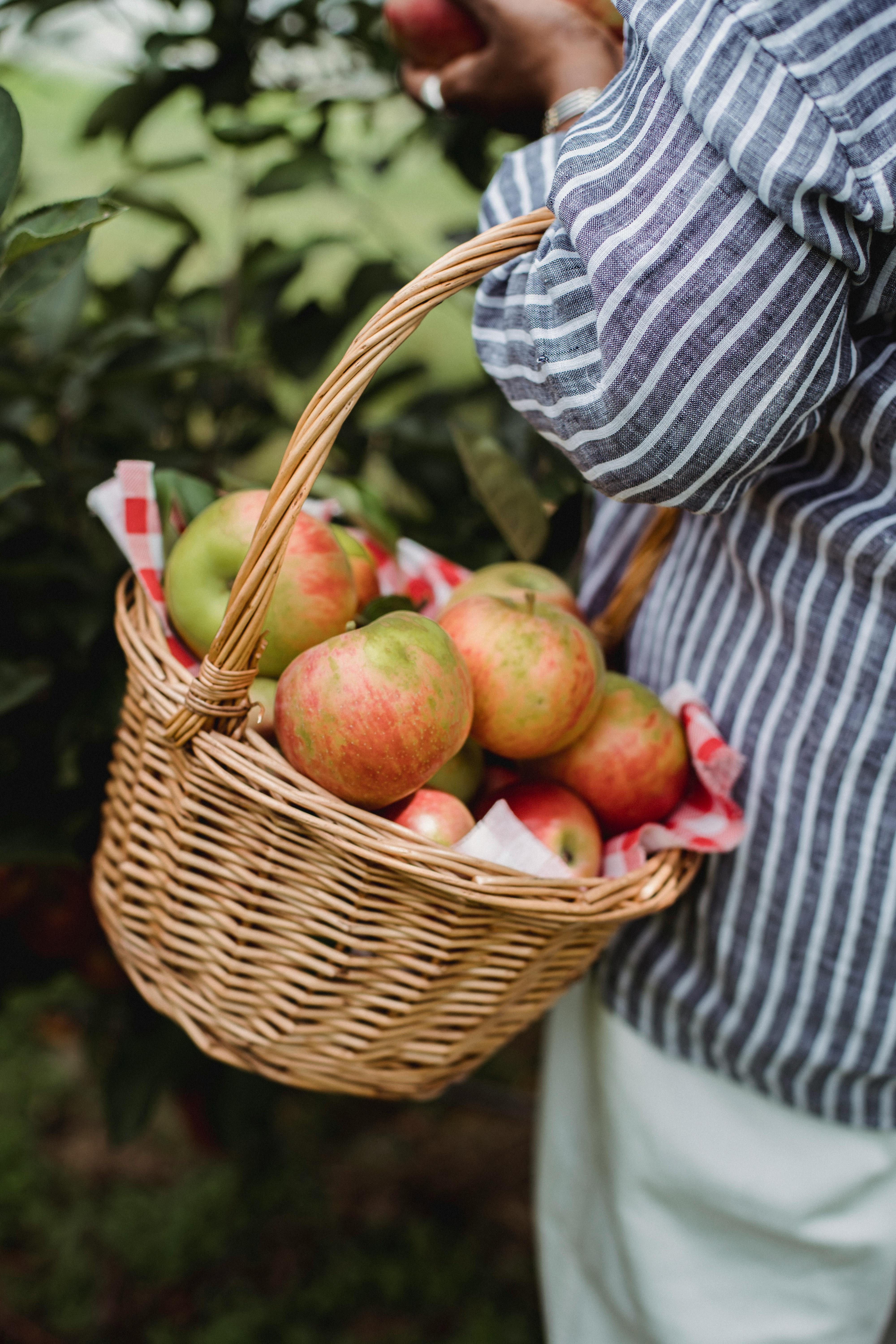
4. Forgetting to Harvest Remaining Vegetables
With the hustle and bustle of late summer, many gardeners forget to harvest the last of their vegetables. This is a missed opportunity not only for fresh produce but also for ensuring your plants complete their growth cycle healthily. Vegetables left on the plant too long can over-ripen, leading to rot and attracting pests. Regularly check your garden for any ripe or nearly ripe produce, and harvest it before temperatures drop. By staying on top of your harvests, you’ll enjoy the full bounty of your summer garden and prevent unnecessary waste.
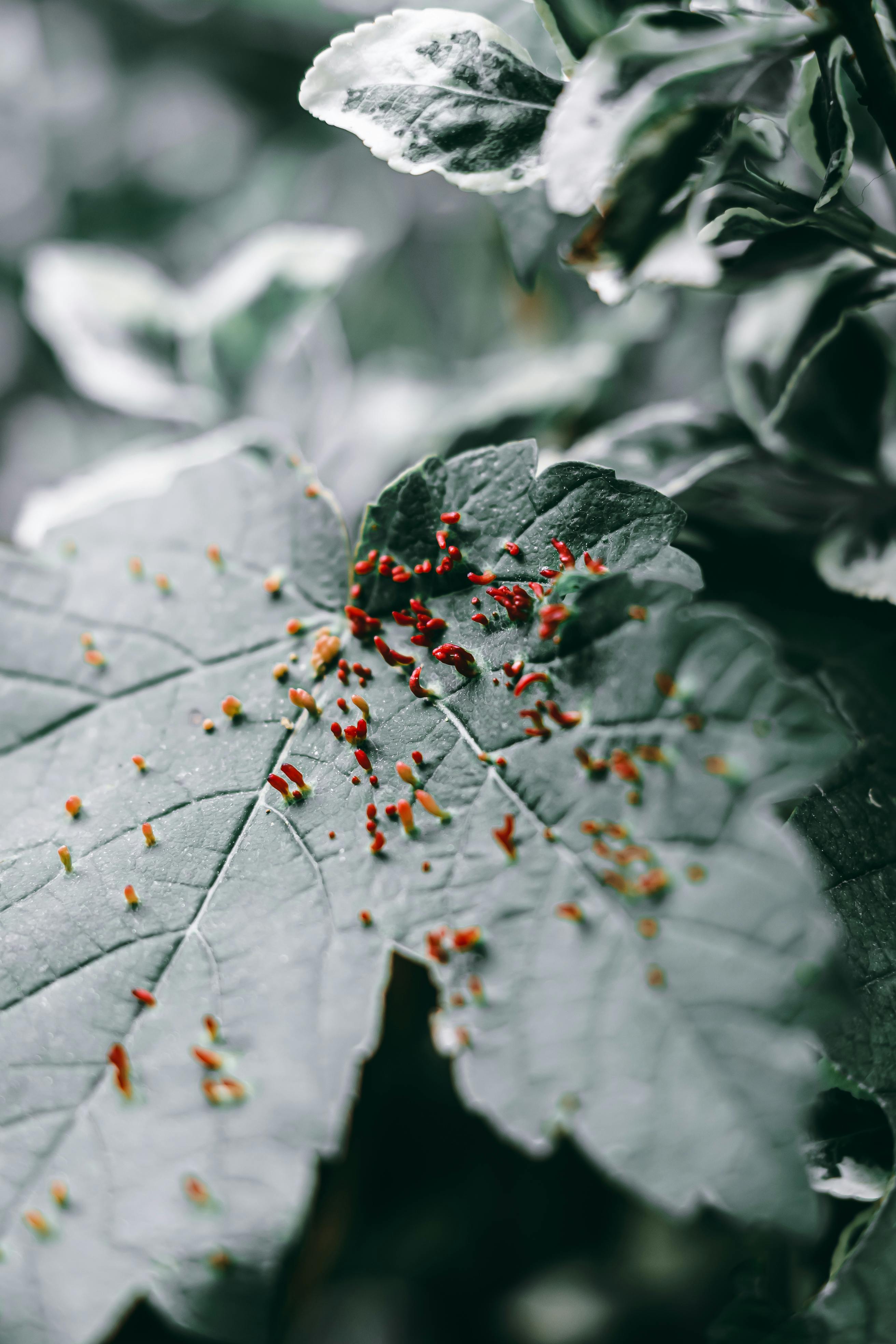
5. Ignoring Pest Control as Temperatures Drop
As the temperatures cool, it’s easy to assume that pests are no longer an issue. However, many garden pests are still active in late summer and early fall, and ignoring them can lead to damage that affects next season’s growth. Common pests like aphids, spider mites, and caterpillars may be hiding on the undersides of leaves or in the soil. Regular inspections of your plants and proactive pest control measures, such as using organic insecticides or introducing beneficial insects, can keep these pests at bay. Remember that some pests lay eggs that overwinter, so managing them now is key to a healthy garden next year.

6. Skipping Mulching to Protect Roots
Mulching is often thought of as a spring or summer task, but it’s just as important at the end of the growing season. Mulching helps regulate soil temperature, retain moisture, and protect roots from the cooler weather ahead. Skipping this step can leave your plants vulnerable to root damage from frost and fluctuating temperatures. Apply a thick layer of organic mulch, such as straw, leaves, or bark, around your plants. This will insulate the roots, keep weeds down, and prevent soil erosion during fall rains, ensuring your garden is well-protected through the colder months.

7. Overwatering in Cooler Weather
As the days get cooler, your plants’ water needs decrease, but many gardeners continue their summer watering routine. Overwatering in cooler weather can lead to root rot, fungal infections, and wasted water. The cooler temperatures slow plant growth, meaning they require less water. Monitor your soil moisture levels and adjust your watering schedule accordingly. Water deeply but less frequently, ensuring that the soil dries out slightly between waterings. This will keep your plants healthy and prevent waterlogged roots that can cause long-term damage.
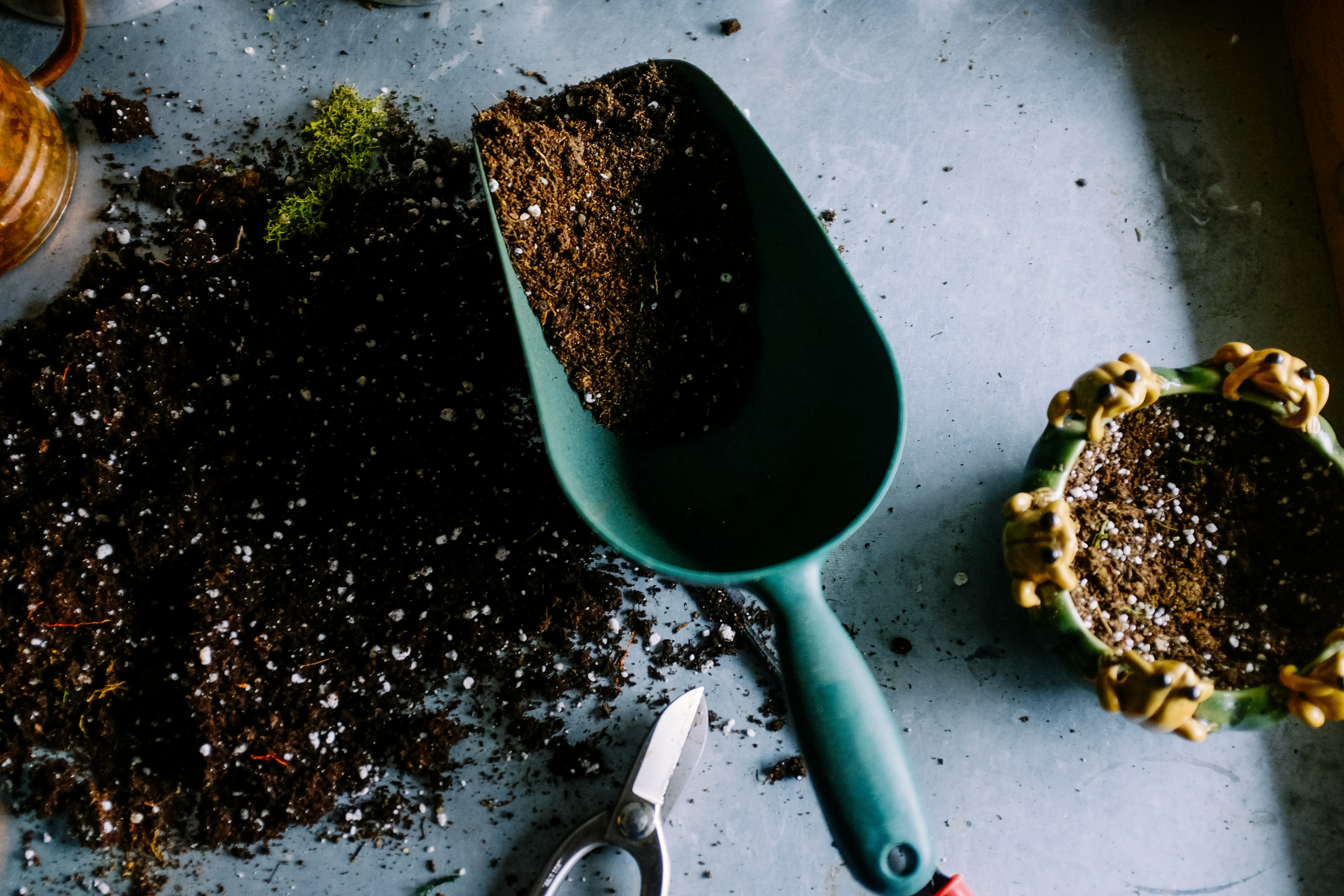
8. Underestimating the Importance of Fertilizing
Many gardeners assume that fertilizing is only necessary in spring and early summer. However, applying fertilizer at the end of summer is crucial for giving your plants the nutrients they need to prepare for the cooler months. Late-summer fertilization strengthens roots, encourages healthy growth, and can even extend the bloom time of some plants. Use a balanced fertilizer or one with a higher phosphorus content to promote root development and flower production. Avoid high-nitrogen fertilizers, which can encourage excessive foliage growth at a time when your plants should be conserving energy for the upcoming season.
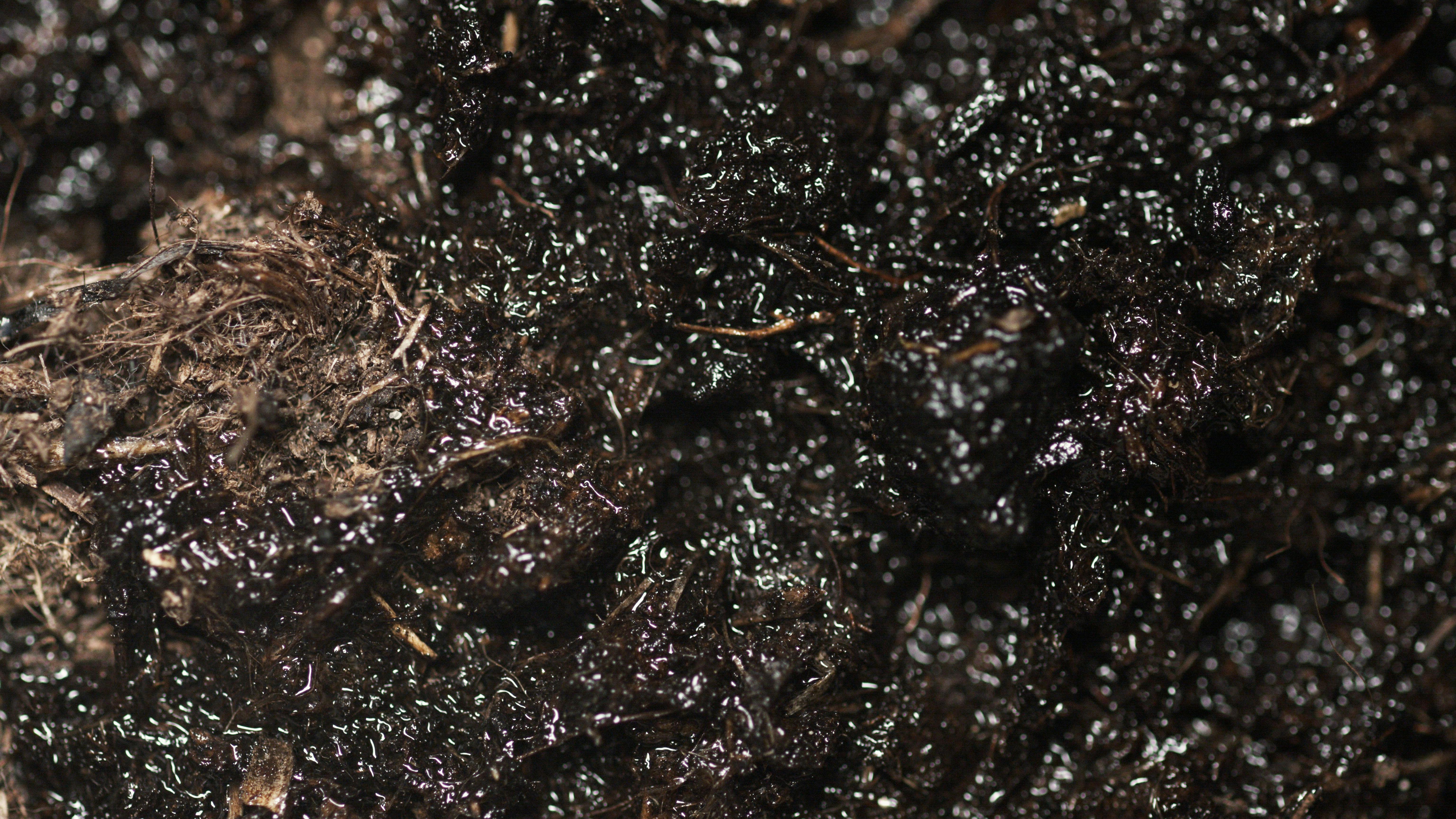
9. Not Preparing Beds for Fall Crops
Failing to prepare your garden beds for fall crops is a missed opportunity for extending your growing season. Cool-season vegetables like lettuce, spinach, and broccoli thrive in the cooler weather of fall, but they need well-prepared soil to grow successfully. Clear out summer crops, remove any weeds, and amend the soil with compost or other organic matter to boost its fertility. Planning ahead and preparing your beds early ensures that your fall crops will have the best possible conditions to thrive, giving you a bountiful harvest well into the cooler months.

10. Leaving Dead Foliage in Garden Beds
Dead foliage left in garden beds not only looks untidy but also harbors pests and diseases that can damage your plants next season. As plants die back in late summer, make sure to remove dead leaves, stems, and flowers from your garden beds. This cleanup reduces the chances of overwintering pests and diseases and creates a more aesthetically pleasing garden. Compost the healthy material and discard any diseased plant parts to maintain a clean and healthy environment for your plants to grow in next season.
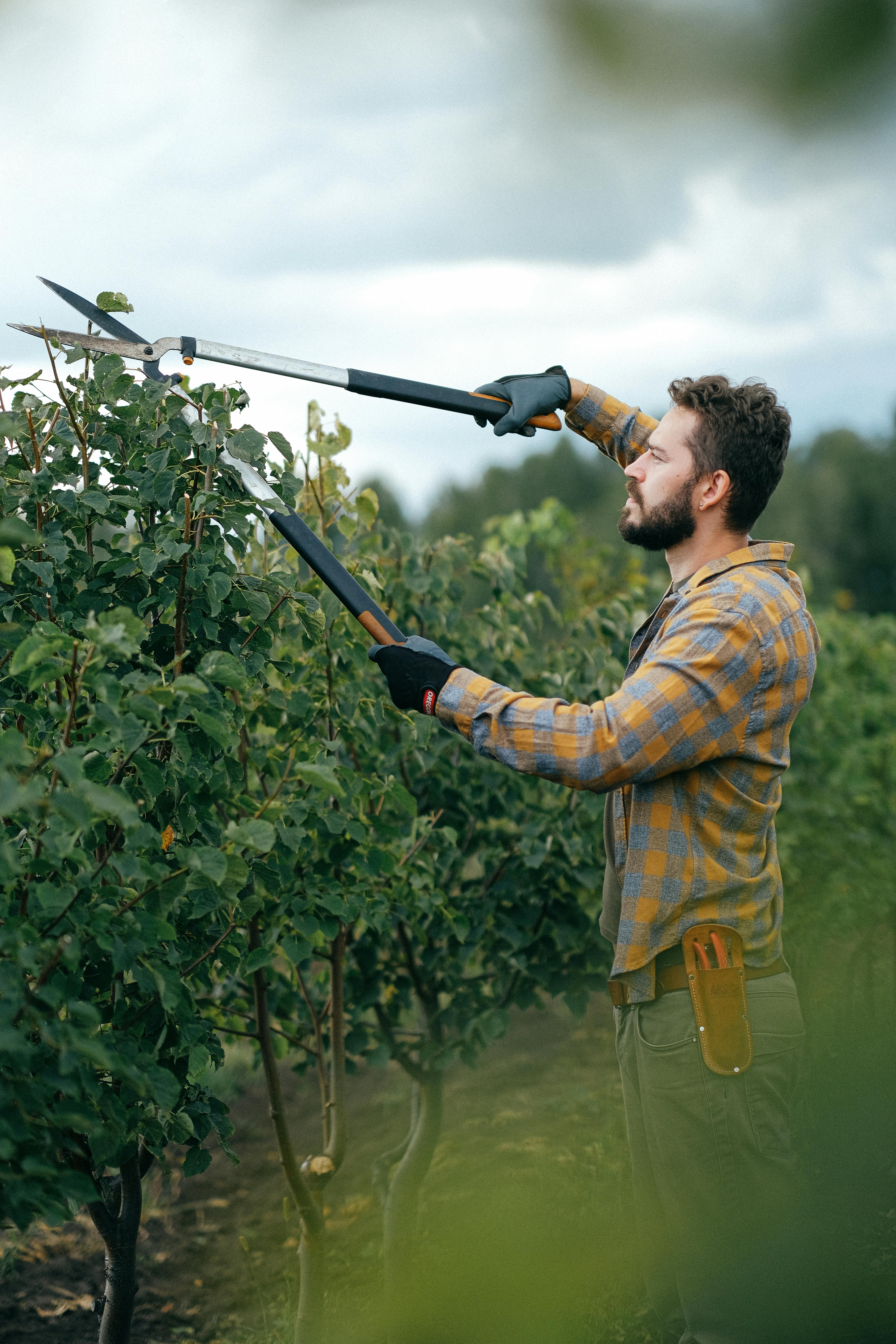
11. Failing to Prune Late-Summer Perennials
Perennials often benefit from a light pruning at the end of summer, but many gardeners overlook this task. Failing to prune your perennials can result in leggy, unhealthy plants that struggle to survive the winter. By cutting back spent blooms and leggy growth, you encourage healthier growth next season and extend the life of your perennials. Pruning also helps maintain the shape and size of your plants, preventing them from becoming overgrown and unruly. Be sure to use clean, sharp pruning tools to avoid damaging your plants and encourage healthy new growth.
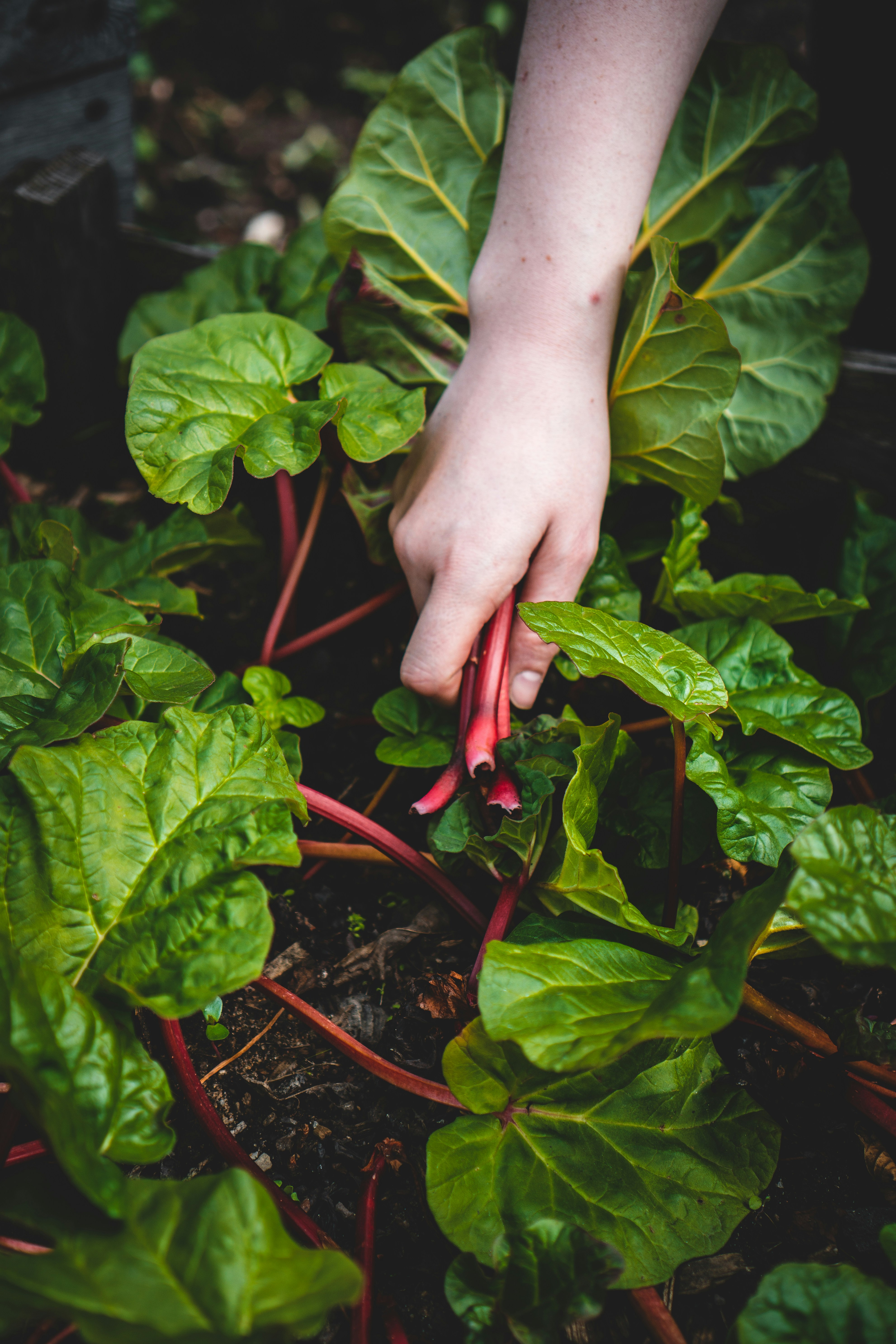
12. Overcrowding Fall Plantings
When planting for fall, it’s easy to get carried away and overcrowd your garden beds. Overcrowding can lead to competition for water, nutrients, and sunlight, which can stunt plant growth and reduce yields. Give each plant enough space to grow by following the recommended spacing guidelines for each crop. This allows for better air circulation, which helps prevent diseases and promotes healthy growth. Overcrowded plants are also more susceptible to pest infestations, so proper spacing is key to maintaining a healthy and productive garden.

13. Not Dividing Overgrown Plants
Late summer is the perfect time to divide overgrown perennials, but many gardeners forget to do so. Dividing plants not only keeps them healthy but also helps control their size and encourages more vigorous growth. Overgrown plants compete for nutrients and water, which can lead to reduced flowering and weaker growth. By dividing your plants, you create more room for them to grow and thrive. Plus, you’ll have extra plants to fill in bare spots in your garden or share with friends and neighbors.

14. Waiting Too Long to Plant Cool-Season Crops
Cool-season crops need time to establish before the first frost, so waiting too long to plant them can result in poor yields or even crop failure. Start planting your fall vegetables in late summer to give them enough time to mature before the cold weather sets in. Crops like kale, carrots, and Brussels sprouts thrive in cooler temperatures, but they need a head start. Check the average first frost date for your area and plan your planting accordingly to ensure a successful fall harvest.
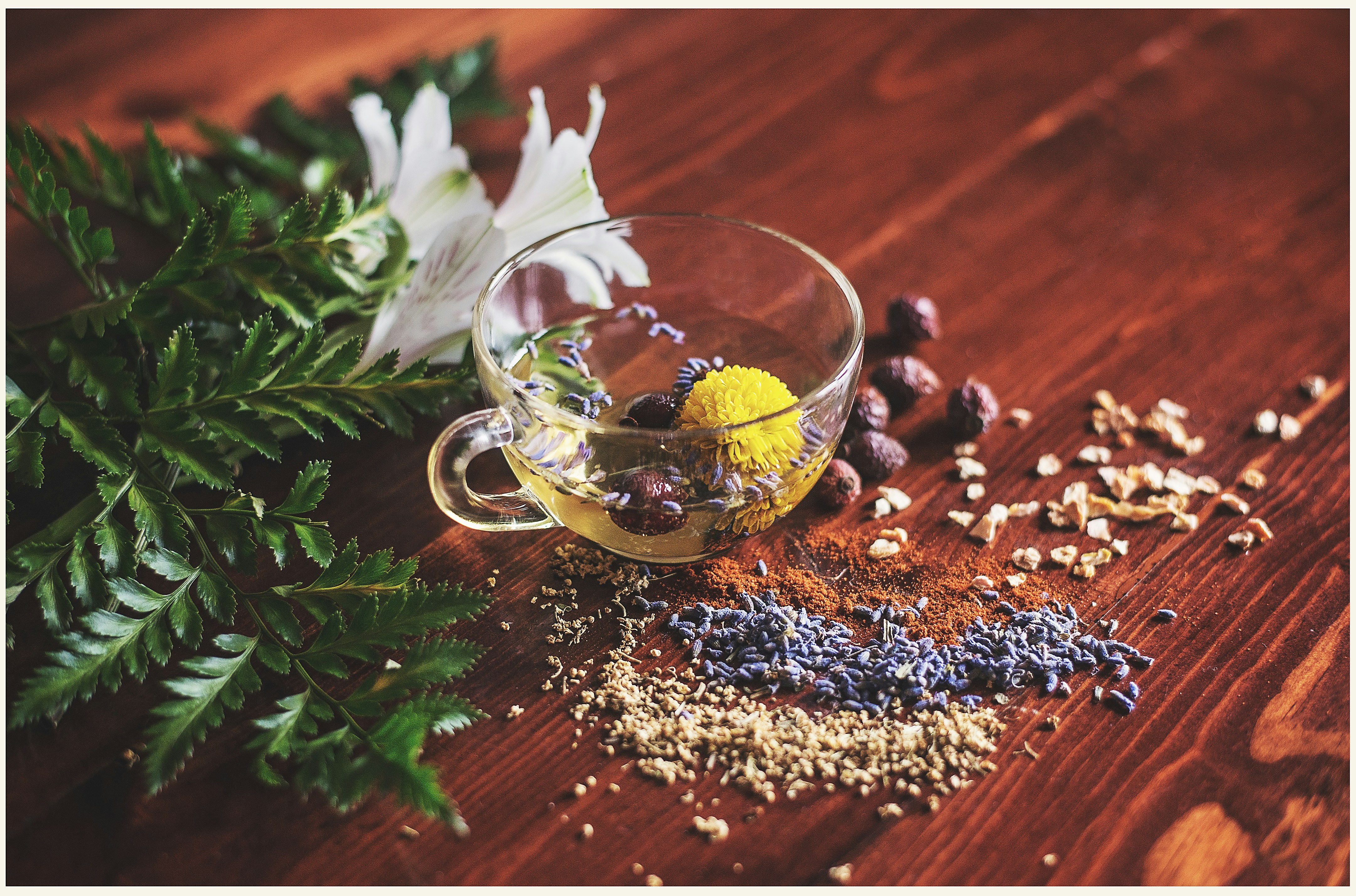
15. Forgetting to Collect and Save Seeds
Seed saving is an easy and cost-effective way to ensure you have plants for next season, but it’s often overlooked at the end of summer. Forgetting to collect seeds from your favorite flowers or vegetables means you’ll have to buy new seeds in the spring. Take the time to gather seeds from mature plants, dry them thoroughly, and store them in a cool, dry place for next season. Seed saving not only saves you money but also allows you to preserve heirloom varieties and maintain a more self-sustaining garden.
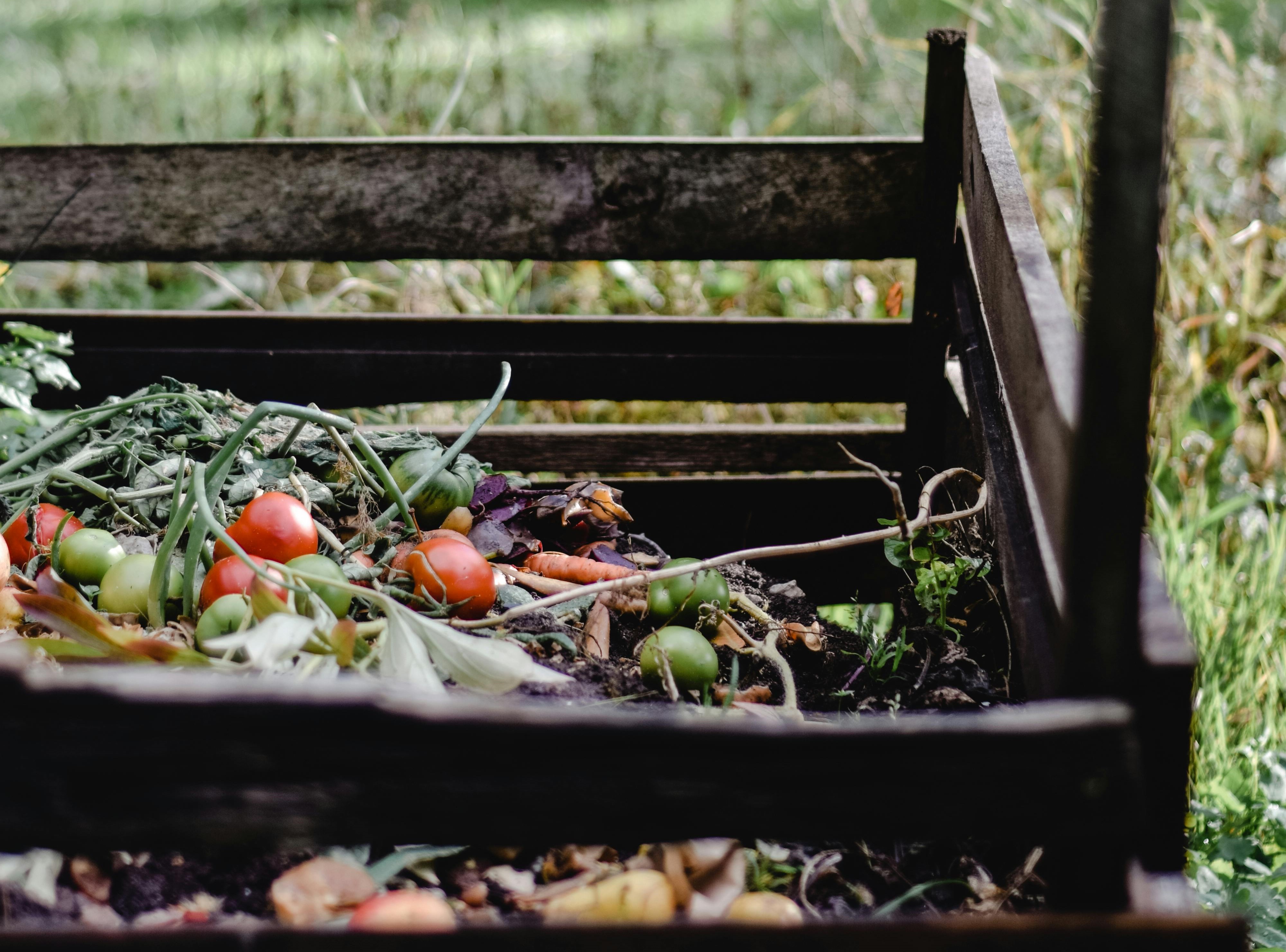
16. Ignoring the Need for Composting
Composting is a year-round activity that provides your garden with nutrient-rich organic matter, but many gardeners neglect it at the end of summer. Ignoring composting means missing out on valuable soil amendments for next season. As you clean up your garden, add healthy plant material, grass clippings, and kitchen scraps to your compost pile. Turn the pile regularly to speed up the decomposition process. By maintaining your compost pile through the end of summer and into fall, you’ll have a steady supply of rich, homemade compost to nourish your garden in the future.

17. Failing to Rotate Crops for Next Season
Crop rotation is an essential practice for maintaining soil health and reducing the risk of pests and diseases, but it’s often forgotten at the end of summer. Planting the same crops in the same location year after year can deplete the soil of specific nutrients and encourage the buildup of pests and diseases. Plan your garden for next season by rotating crops to different areas of your garden. This will help balance soil nutrients, improve plant health, and reduce the need for chemical pest control.
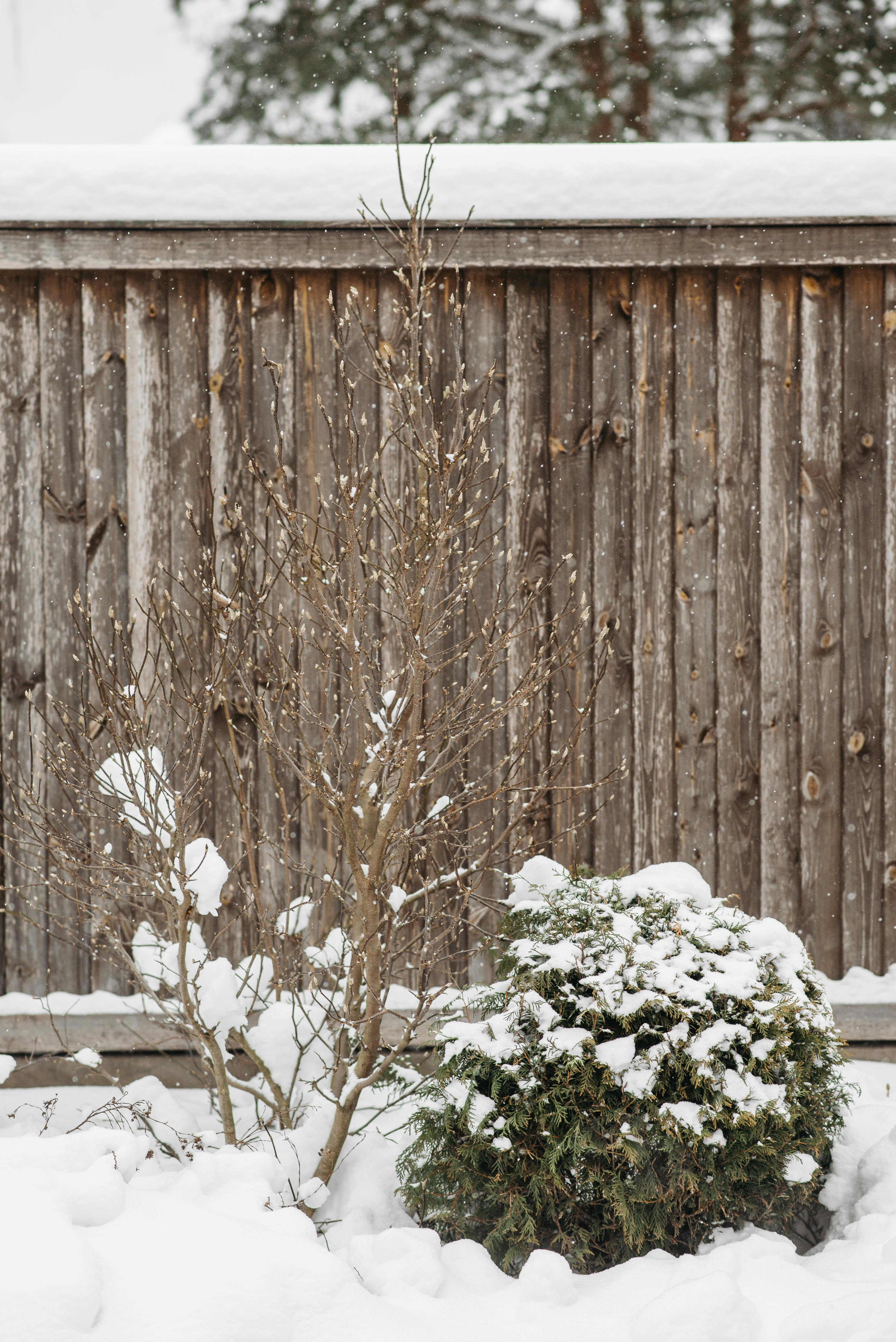
18. Not Protecting Plants from Early Frost
In many regions, early frosts can arrive before you’re ready, catching your garden by surprise. Not protecting your plants from frost can result in damaged or dead plants. As temperatures begin to drop, keep an eye on the weather forecast and be prepared to cover tender plants with frost cloth, blankets, or old sheets. Move container plants indoors or to a sheltered location to protect them from frost damage. Taking these precautions can help extend your growing season and keep your plants healthy.
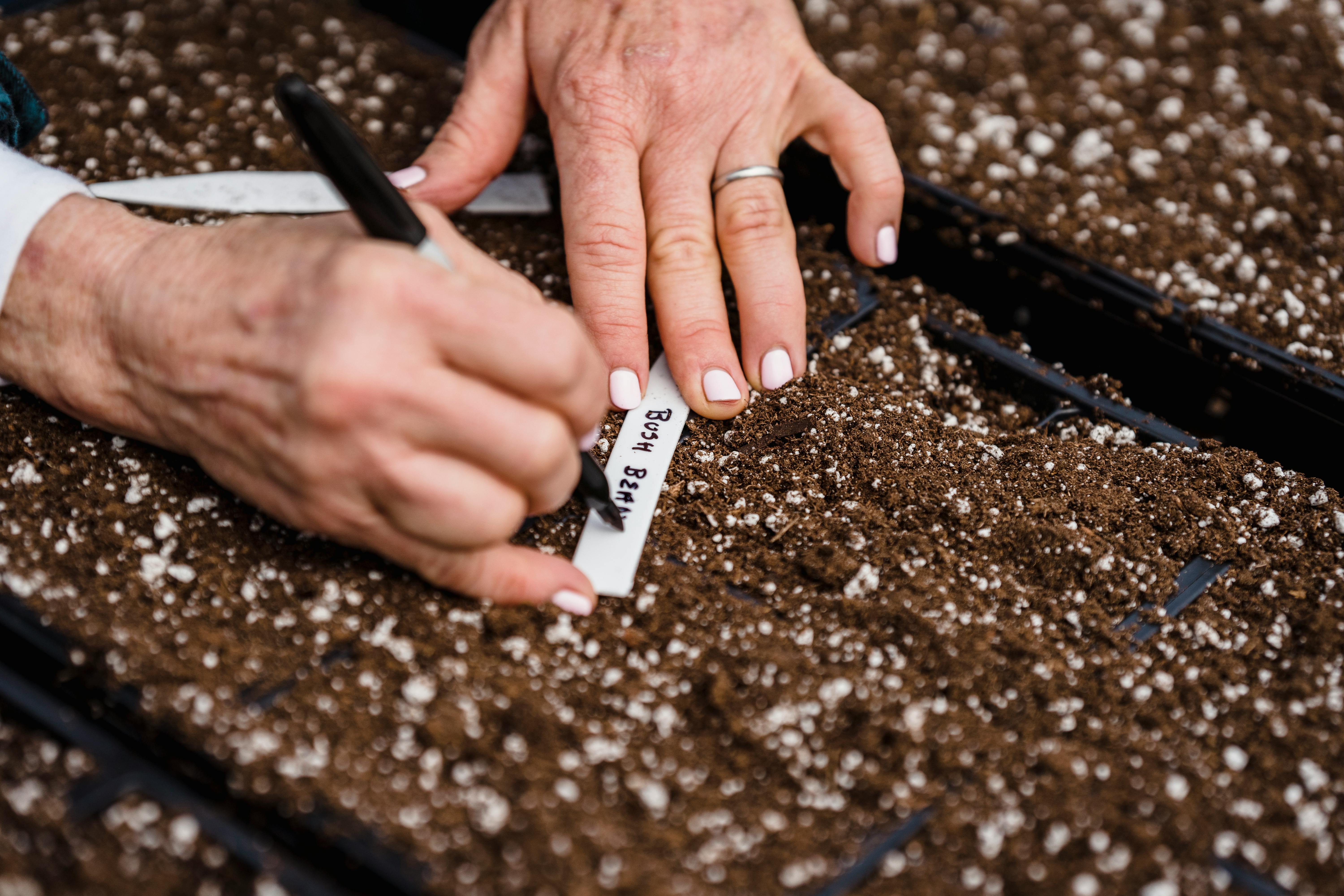
19. Planting Without Amending Poor Soil
Poor soil conditions can severely limit plant growth, but many gardeners fail to amend their soil before planting fall crops. Whether your soil is too sandy, too clayey, or lacks nutrients, it’s important to address these issues before planting. Adding compost, manure, or other organic matter can improve soil structure and fertility, giving your plants a better chance to thrive. Conduct a soil test to determine any specific nutrient deficiencies and amend your soil accordingly for a successful fall garden.

20. Failing to Deadhead Late Bloomers
Deadheading, or removing spent flowers, is a simple task that can extend the bloom time of many late-summer and fall-blooming plants. Failing to deadhead allows plants to go to seed, which signals the end of their flowering period. By regularly deadheading your flowers, you encourage more blooms and keep your garden looking vibrant well into the fall. This also prevents plants from wasting energy on seed production, allowing them to focus on producing more flowers.

21. Ignoring Tool Maintenance Before Fall Work
Garden tools work hard throughout the summer, and by the end of the season, they’re often in need of some TLC. Ignoring tool maintenance can lead to dull blades, rusty pruners, and broken handles, making fall gardening tasks more difficult. Take the time to clean, sharpen, and oil your tools before storing them for the winter. Proper tool maintenance ensures that your tools last longer and are ready for use when you need them next season.
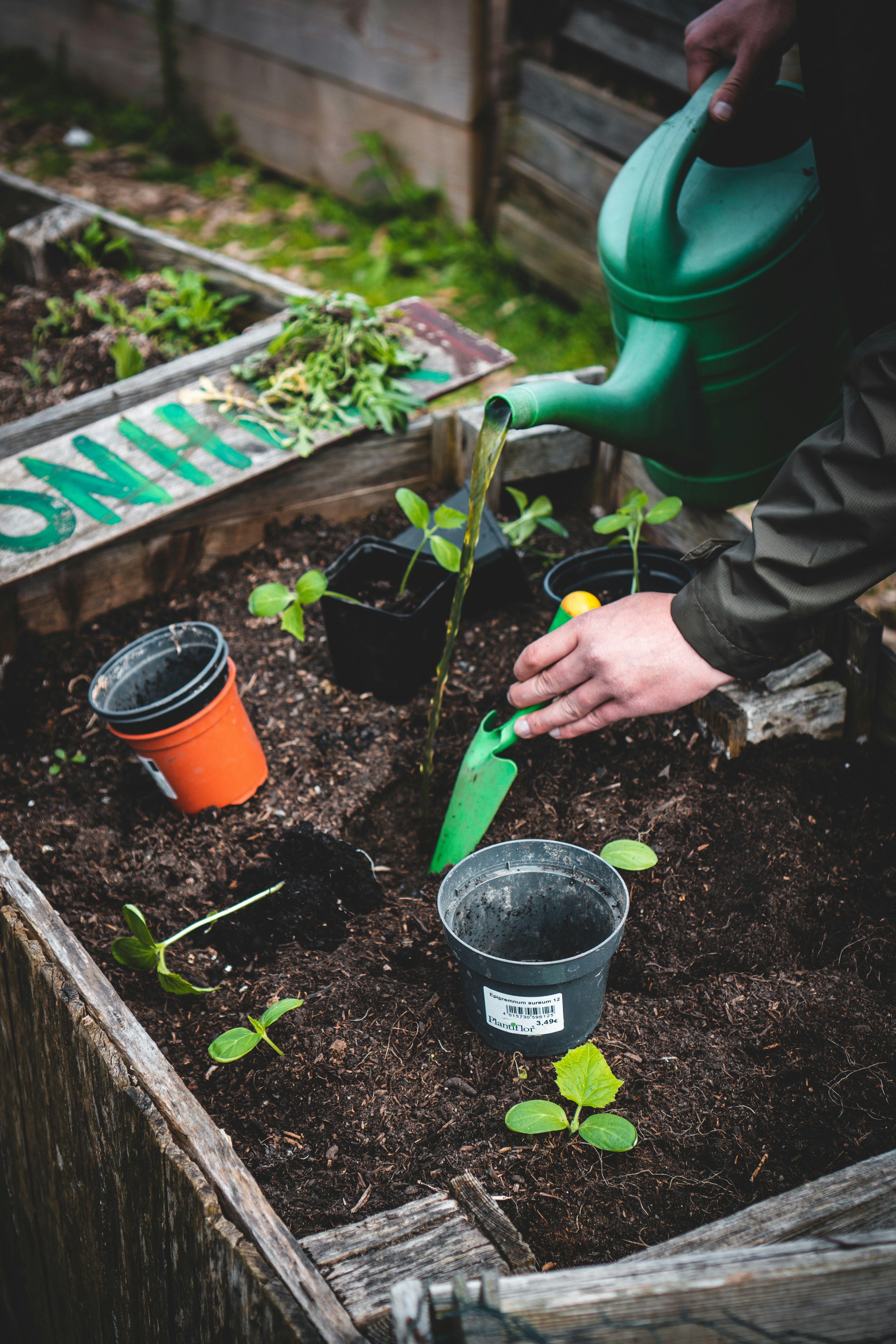
22. Leaving Containers Unprepared for Winter
Container plants are more vulnerable to cold weather than in-ground plants, and leaving them unprepared for winter can result in root damage or plant death. Move tender plants in containers to a sheltered location, such as a garage or greenhouse, before the first frost. For hardier plants, insulate the containers by wrapping them in burlap or placing them in a protected area. Ensuring that your container plants are properly prepared for winter will help them survive the colder months and thrive again in the spring.
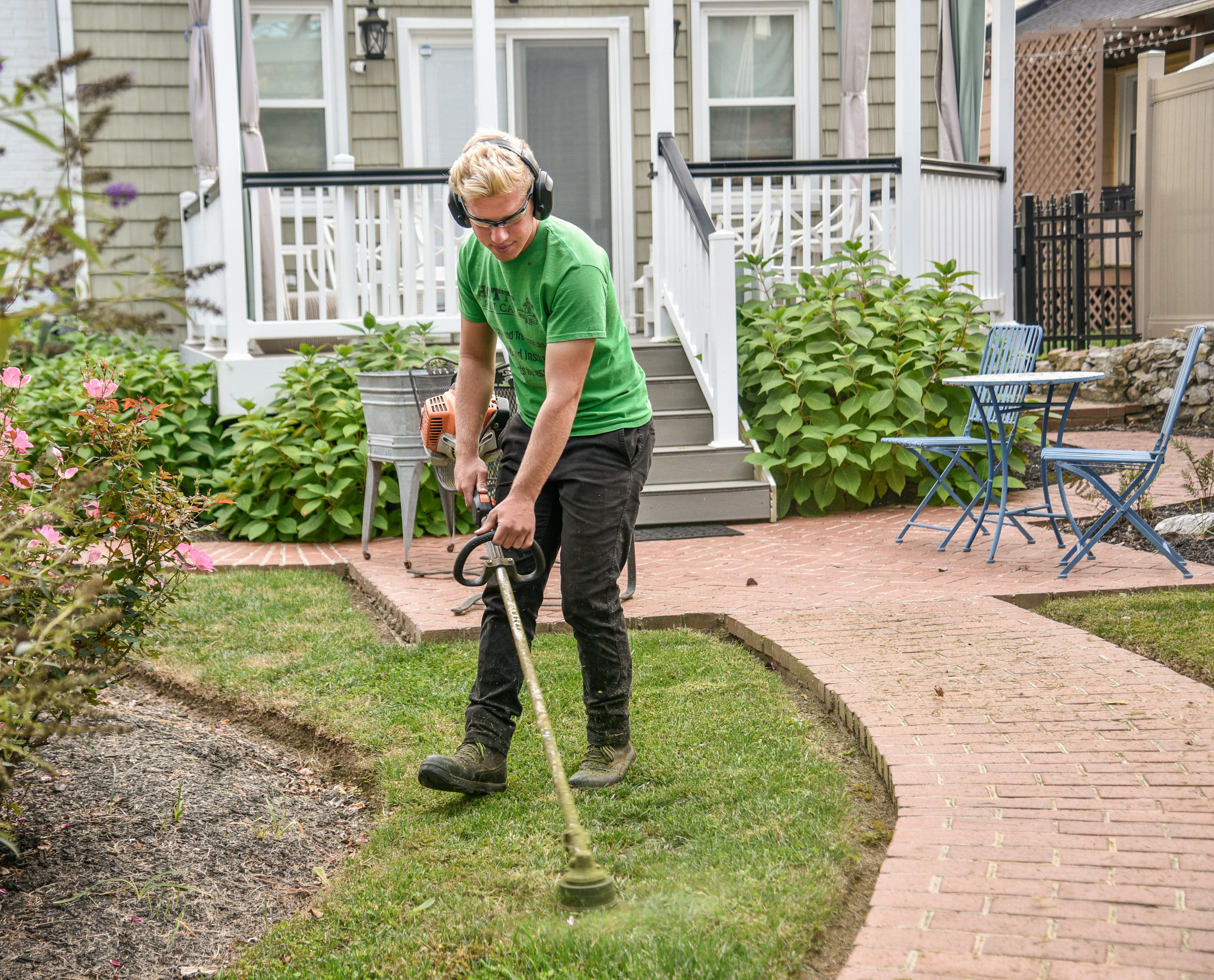
23. Overlooking the Need for Lawn Care
Many gardeners focus on their garden beds and neglect their lawns as summer comes to an end. However, late summer and early fall are critical times for lawn care. Aerating your lawn, applying fertilizer, and overseeding any bare spots can help your lawn recover from the stresses of summer and prepare for winter dormancy. A well-maintained lawn in the fall sets the stage for lush, green grass in the spring.

24. Failing to Clean and Store Garden Equipment
As the gardening season winds down, it’s important to clean and store your garden equipment properly. Leaving tools, hoses, and other equipment exposed to the elements can lead to rust, wear, and damage. Clean your tools thoroughly, drain and store hoses, and organize your equipment in a dry, sheltered location. Proper storage not only extends the life of your tools but also ensures that everything is ready for use when you need it next season.

25. Not Protecting Young Trees and Shrubs
Young trees and shrubs are especially vulnerable to harsh winter weather, and failing to protect them can lead to frost damage or even death. Mulch around the base of young trees and shrubs to insulate the roots, and wrap the trunks with tree wrap to prevent frost cracks. In areas with heavy snowfall, consider placing a protective barrier around the plants to shield them from snow and ice. Taking these steps can help your young trees and shrubs survive the winter and continue to grow strong in the spring.

26. Forgetting to Mulch Bare Soil
Bare soil is more prone to erosion, nutrient loss, and weed growth, especially during the cooler months. Forgetting to mulch bare soil at the end of summer can leave your garden beds exposed and vulnerable. Apply a thick layer of organic mulch to any bare areas in your garden. This will protect the soil from erosion, suppress weeds, and retain moisture, keeping your garden healthy and ready for next season’s planting.

27. Planting Too Late for Fall Blooms
If you’re hoping for a colorful fall garden, timing is everything. Planting too late can result in poor or delayed blooms, leaving your garden looking sparse as the season changes. Choose fall-blooming plants and get them in the ground by late summer to give them time to establish before the cooler weather sets in. Plants like asters, chrysanthemums, and sedums can add vibrant color to your garden, but they need time to settle in before they start blooming.
28. Failing to Thin Crowded Seedlings
Crowded seedlings can stunt plant growth and reduce yields, but many gardeners overlook the need to thin them out. Whether you’re starting fall crops or planting seeds for next season, it’s important to give each seedling enough space to grow. Thin out overcrowded seedlings by carefully removing the weaker ones, leaving the strongest plants with enough room to thrive. Proper thinning ensures that your plants have access to the nutrients, water, and sunlight they need to grow strong and healthy.

29. Ignoring Sunlight Changes as Days Shorten
As the days get shorter, the amount of sunlight your garden receives changes, and failing to account for this can affect your plants’ growth. Many summer plants need full sun to thrive, but as the sun’s angle shifts, areas of your garden that were once sunny may become shaded. Take note of how sunlight changes in your garden during late summer and adjust your planting accordingly. Move sun-loving plants to brighter spots or plant shade-tolerant crops in areas that receive less light.

30. Forgetting to Plan for Winter Protection
As summer comes to an end, it’s easy to forget about winter protection for your plants. However, preparing your garden for winter is essential to ensuring that your plants survive the cold weather. Take the time to plan for winter protection by mulching, covering vulnerable plants, and moving container plants to sheltered locations. Proper planning and preparation will help your garden withstand the winter months and thrive again in the spring.


